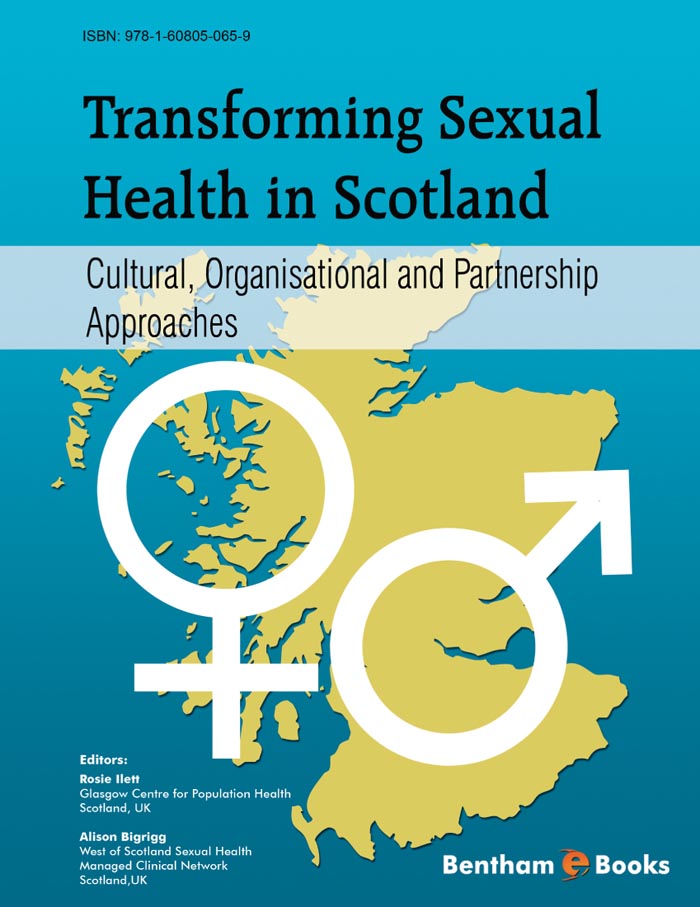Introduction
This edited collection provides a unique insight into sexual health in Scotland. It sets out the challenges facing Scotland in terms of poor sexual health and inequalities, within devolved government arrangements and a different healthcare system from the rest of the UK. It suggests that these factors have facilitated the development of an integrated model of sexual health planning and delivery with resonance beyond Scotland
Chapter authors include clinical specialists, managers and policy-makers, academics and senior government officials from Scotland and other parts of the UK, all of whom have an active role in commissioning, delivering or commenting upon sexual health services or sexual health. Both editors have significant experience in developing, delivering and managing innovative sexual and reproductive health services and have held national and international leadership and advisory roles concerning health policy and service management. They were instrumental in developing and delivering Sandyford, NHS Greater Glasgow and Clyde’s sexual health service – the largest in the UK and viewed as the UK leader in progressive service development

